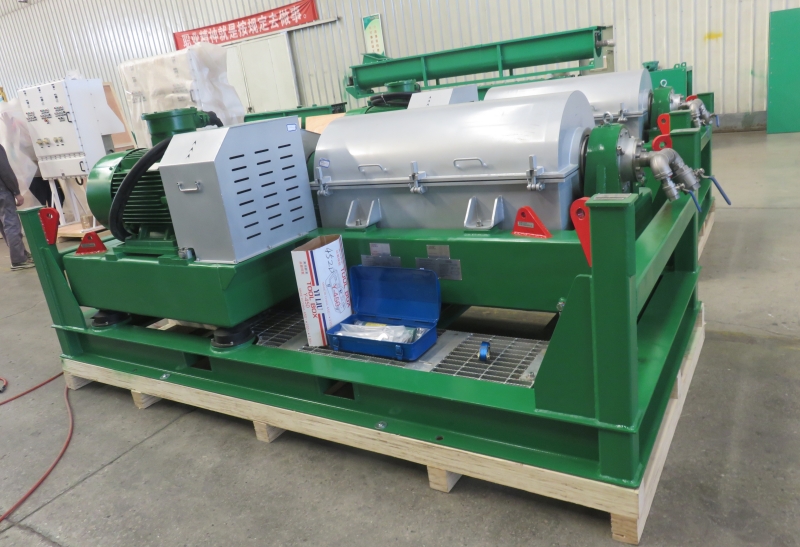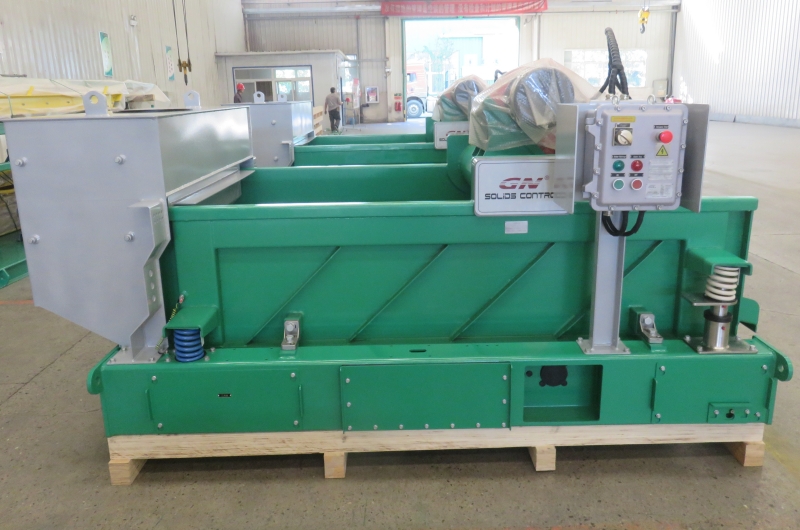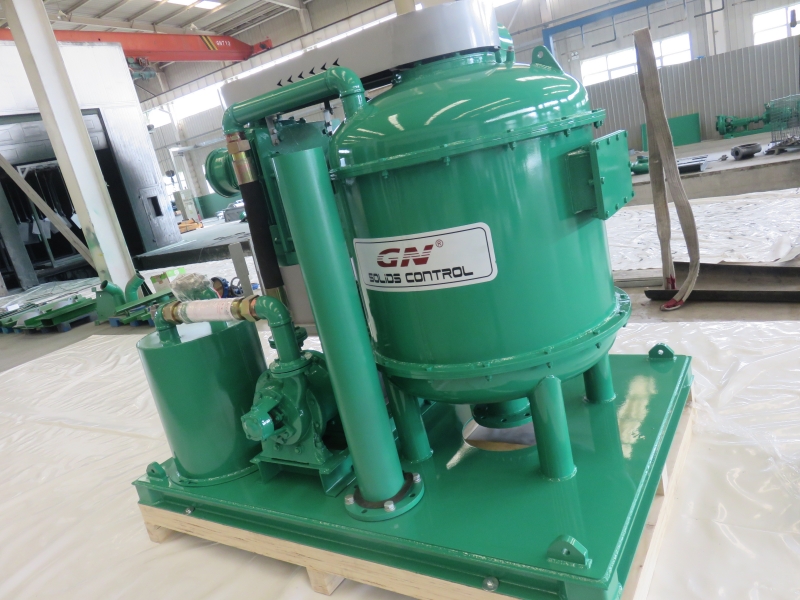




GN NEWS: GN SOLIDS-CONTROL-CENTRIFUGES-AND-VACUUM-DEGASSER-SOLD-TO-ASIAN-CUSTOMERS
GN is a well-known brand from China, its full company name is HeiBei GN Solids Control Co.,Ltd which locadted in No.3 Industry Road, Dachang Chaobai River Development Area,Langfang, China; We are known around the world for unique innovation without compromise, sophistication while maintaining user simplicity, and superb service to our extremely wide customer base.specializing in supplying solids control& waste management equipment to the global market.
Decanter centrifuge Introduction
In the oil and gas industry, decanter centrifuges are commonly used for the separation of drilling mud and cuttings. They help remove the solid particles from the drilling mud, allowing for the reuse of the mud and the proper disposal of the cuttings. Decanter centrifuges are also used in the production of edible oils, pharmaceuticals, and other industries where solid-liquid separation is necessary.
The decanter centrifuge consists of a rotating bowl and a screw conveyor inside the bowl. When the mixture is fed into the centrifuge, the high-speed rotation of the bowl generates centrifugal force, causing the solid particles to settle on the inner wall of the bowl. The screw conveyor slowly rotates in the opposite direction, continuously transporting the settled solids towards the conical end of the bowl.
As the solids are conveyed towards the conical end, a smaller diameter section of the bowl allows for further dewatering and separation of the solids from the liquid phase. The clarified liquid is discharged from the opposite end of the centrifuge, while the dewatered solids are discharged through a separate outlet.
Vacuum Degasser Introduction
A vacuum degasser is a device used in the oil and gas industry to remove gas, primarily methane, from drilling fluids or mud. During the drilling process, gas can be released from the formation being drilled and mix with the drilling mud. If the gas is not removed, it can lead to various issues such as decreased drilling efficiency, formation damage, and safety hazards.
The vacuum degasser works by creating a partial vacuum within a vessel that contains the drilling mud. As the mud is exposed to the low-pressure environment, the gas bubbles within it expand and rise to the surface. The degasser utilizes a set of rotating impellers or paddles to break up the gas bubbles, allowing them to escape more easily.
The degassed mud is then returned to the active mud system, while the separated gas is vented to a safe location or collected for further analysis. By removing the gas, the vacuum degasser helps maintain the stability and performance of the drilling mud, ensuring efficient drilling operations and reducing the risk of well control issues.
Shale Shaker Introduction
The separated solids, often referred to as drill cuttings, are then discharged from the shale shaker for proper disposal or further treatment. By removing the solids, the shale shaker helps maintain the properties of the drilling fluid, such as its density and viscosity, which are crucial for efficient drilling operations.
Shale shakers come in various designs and configurations, including linear motion and elliptical motion shakers. They are typically the first line of defense in the solids control system, which is a series of equipment used to remove solids from the drilling mud.
For our equipment brochure or more info, please visit our unique official website: www.gnsolidscontrol.com
MichaelSong
Sales manager
Whatsapp:+8617801799913
E: michael@gnsolidscontrol.co/michael@gnsolidscontrol.com